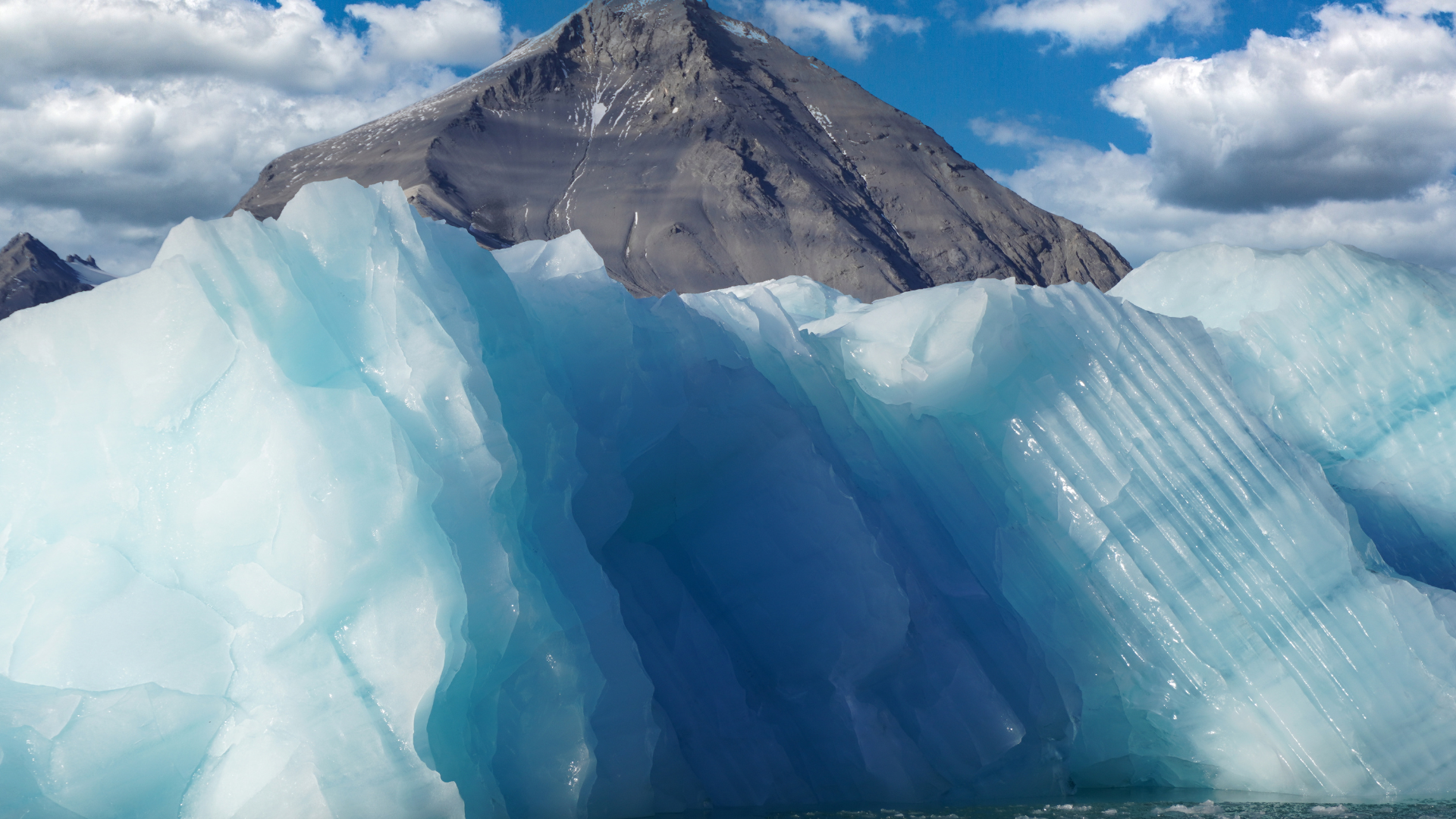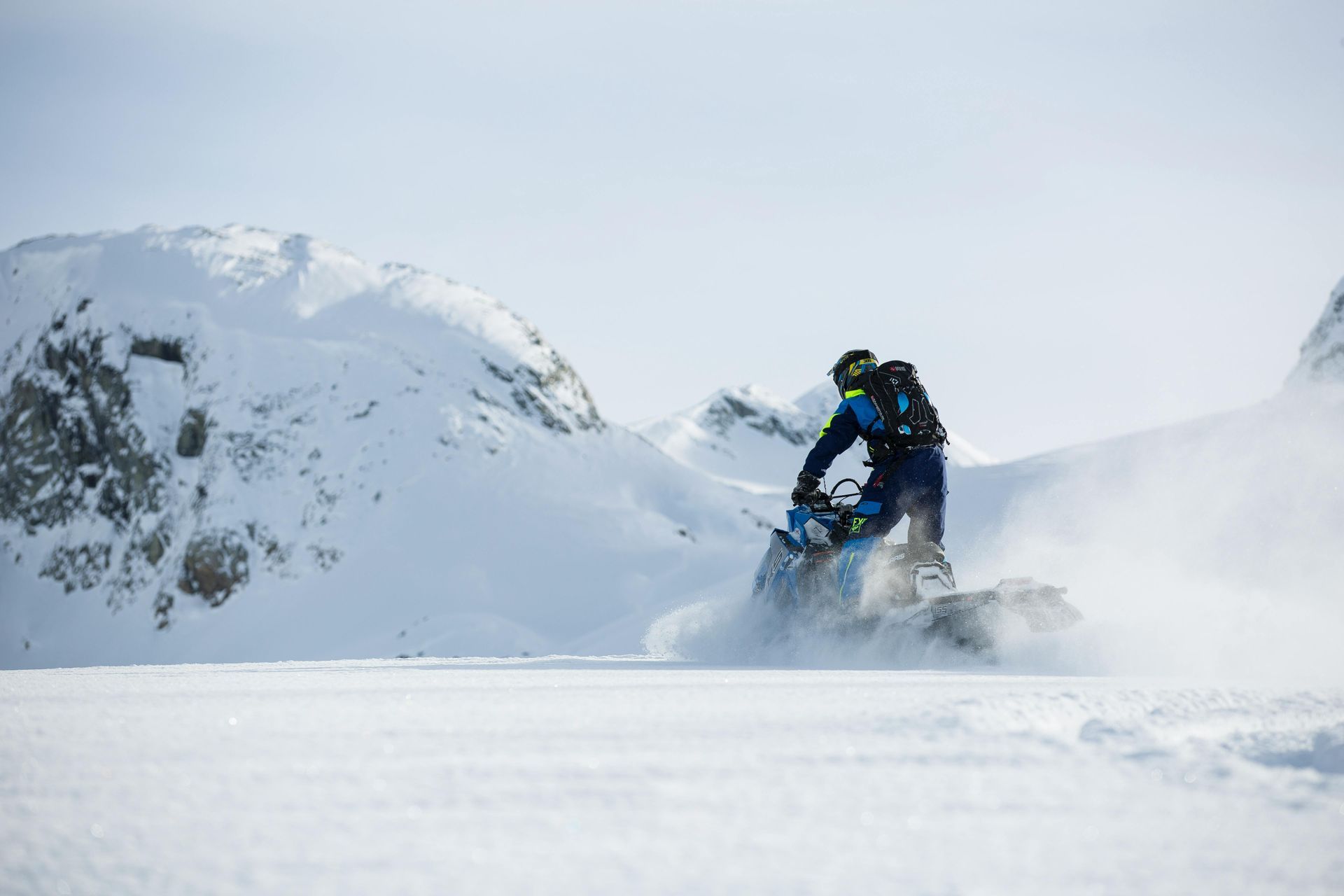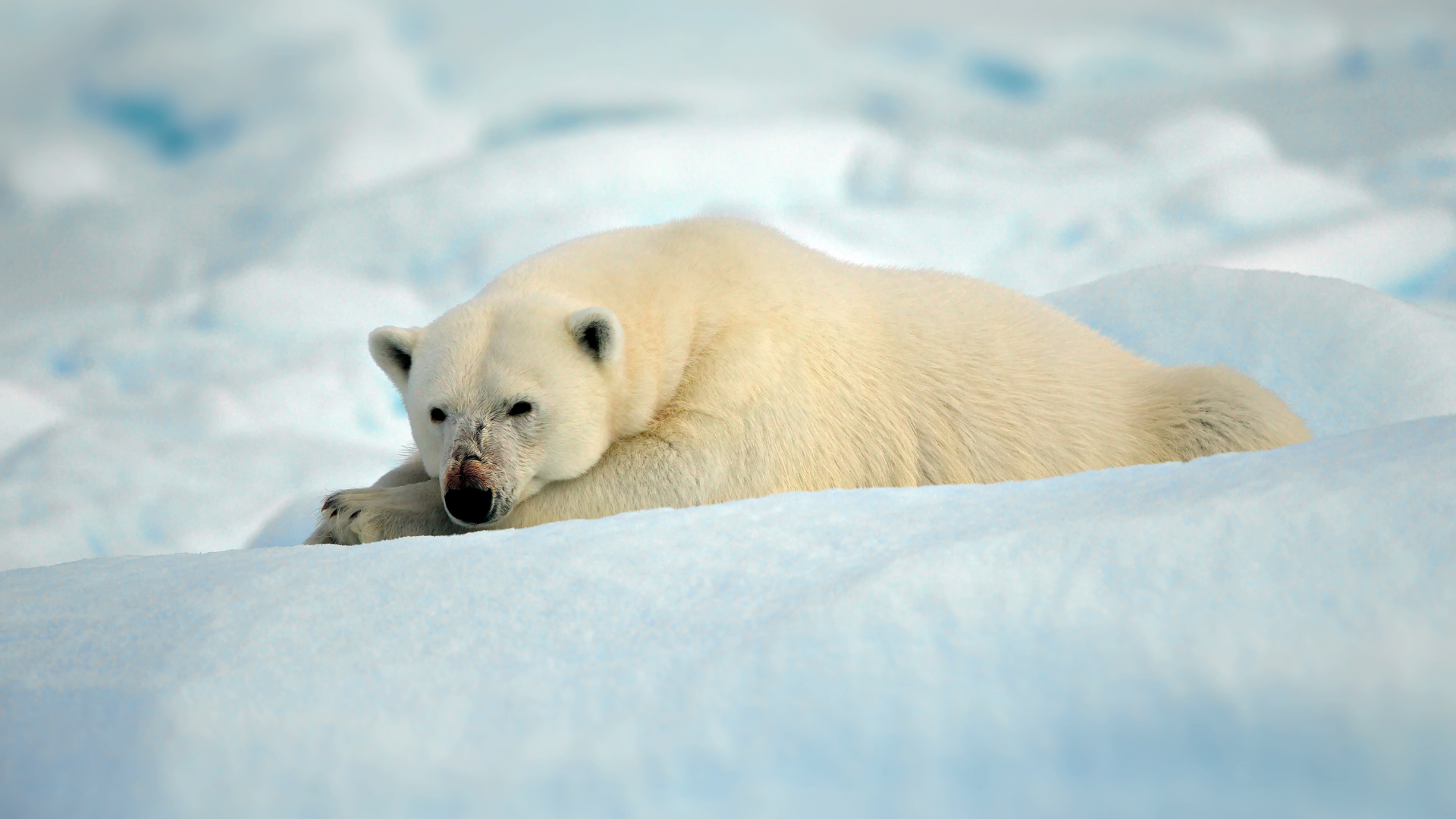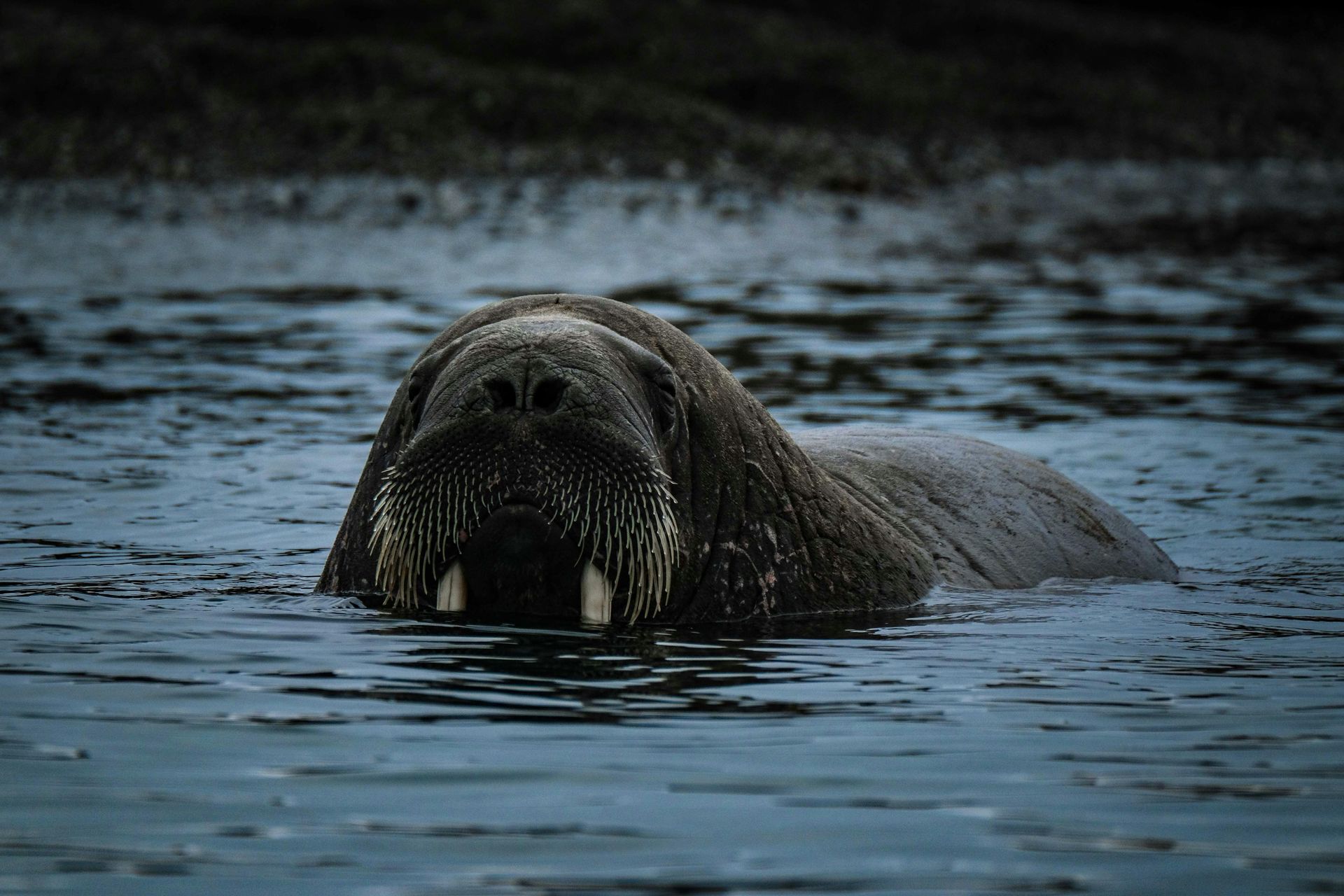Spitsbergen: Best Wildlife to Experience in Winter
Spitsbergen: Best Wildlife to Experience in Winter

Winter in Spitsbergen is a time of stark beauty and extreme conditions, where the Polar Night envelops the island in darkness from late October to mid-February. Despite the challenging weather, winter offers unique opportunities for wildlife viewing. The harsh environment and limited daylight create a mysterious and tranquil atmosphere, making encounters with Arctic animals even more special. For those willing to brave the cold, Spitsbergen in winter provides unforgettable experiences with some of the region’s most iconic wildlife.
Polar bears are the stars of the Arctic, and winter is an excellent time to observe these majestic predators. During the colder months, polar bears are often found on the sea ice, hunting for seals, their primary food source. The sea ice extends further from the shore in winter, creating an ideal habitat for polar bears to hunt and travel. Guided tours and safaris offer the best chance to see these magnificent creatures while ensuring safety and providing valuable insights into their behavior and conservation. Spotting a polar bear in the wild is a thrilling and humbling experience that underscores the raw power of the Arctic.
Arctic foxes are another highlight of winter wildlife in Spitsbergen. These clever and adaptable animals are well suited to the harsh conditions, with their thick white fur providing excellent insulation and camouflage. Arctic foxes are active throughout the winter, hunting for birds, small mammals, and carrion. Their playful and inquisitive nature makes them fascinating to observe. Watching an Arctic fox dart across the snow-covered tundra or dig for food is a delightful experience that showcases their resilience and resourcefulness.
Svalbard reindeer are uniquely adapted to the Arctic environment and can be seen grazing on the sparse vegetation available during the winter. Unlike their mainland relatives, Svalbard reindeer have shorter legs and a stockier build, which helps them conserve heat. Their thick fur provides insulation against the cold, and they are capable of digging through the snow to find food. Observing Svalbard reindeer in their winter habitat offers insights into the adaptations that enable them to survive in one of the harshest climates on Earth.
Walruses, though less commonly seen in winter compared to summer, are still present around Spitsbergen. These large marine mammals often gather on ice floes and rocky shores, using their long tusks to haul themselves out of the water. Walruses are social animals and are typically found in groups, engaging in vocalizations and physical interactions. Observing a group of walruses resting on the ice or swimming in the frigid waters is a memorable experience that highlights the diversity of Arctic wildlife.
Birdwatching in Spitsbergen during the winter is more challenging due to the limited daylight and harsh conditions, but it can still be rewarding. Some bird species, such as the ptarmigan, remain in the region throughout the winter. Ptarmigans are well adapted to the cold, with their plumage changing to white to blend in with the snow. These birds are often seen foraging for food and navigating the snowy landscape. The sight of a ptarmigan in its winter plumage is a reminder of the incredible adaptations of Arctic wildlife.
The marine environment around Spitsbergen also offers opportunities for wildlife observation in winter. Seals, such as the ringed seal and bearded seal, are commonly found on the sea ice. These seals are a primary food source for polar bears and are well adapted to the cold, with thick blubber and fur providing insulation. Watching seals haul out on the ice or swim in the icy waters is a fascinating experience that underscores the interconnectedness of the Arctic ecosystem.
Longyearbyen, the largest settlement in Spitsbergen, provides a base for winter wildlife excursions. The town offers a range of amenities, including hotels, restaurants, and cultural attractions. Visitors can learn about the region’s history, geology, and wildlife at the Svalbard Museum and the North Pole Expedition Museum. Longyearbyen’s vibrant community embraces the Polar Night with various cultural events and festivals, creating a warm and welcoming atmosphere. Engaging with the local community adds depth to the experience and provides insights into life in the Arctic.
Experiencing the wildlife of Spitsbergen in winter is a journey into the heart of the Arctic. The combination of the Polar Night, extreme conditions, and unique animal species creates a truly special adventure. Whether observing polar bears on the sea ice, watching Arctic foxes on the tundra, or encountering reindeer in the snow, the opportunities for wildlife encounters are abundant. Embracing the beauty and challenges of Spitsbergen in winter ensures a rich and rewarding Arctic experience.











